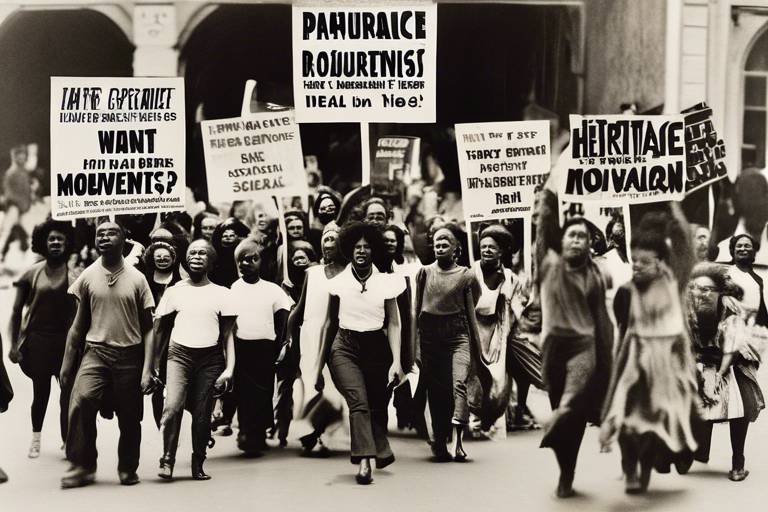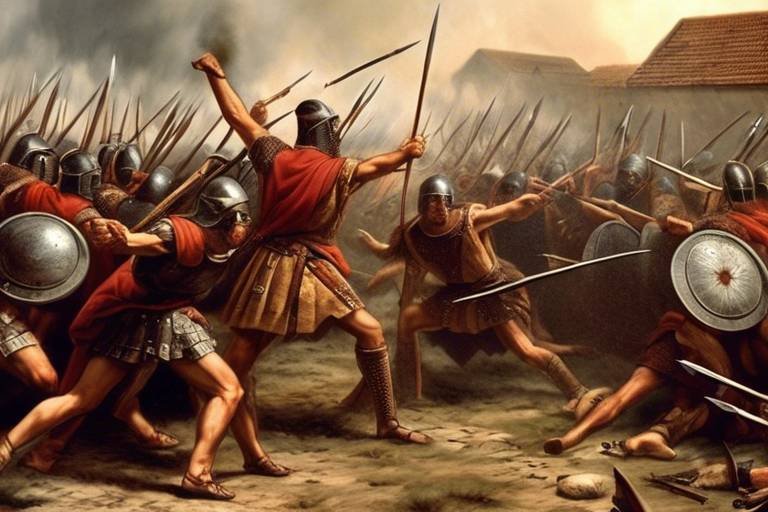The Use of Divination in Ancient Religious Practices
Divination, the practice of seeking knowledge of the future or the unknown through supernatural means, has deep roots in ancient religious practices across various civilizations. From interpreting celestial movements to observing natural phenomena, divination played a crucial role in guiding decision-making, seeking spiritual insights, and connecting with the divine realm.
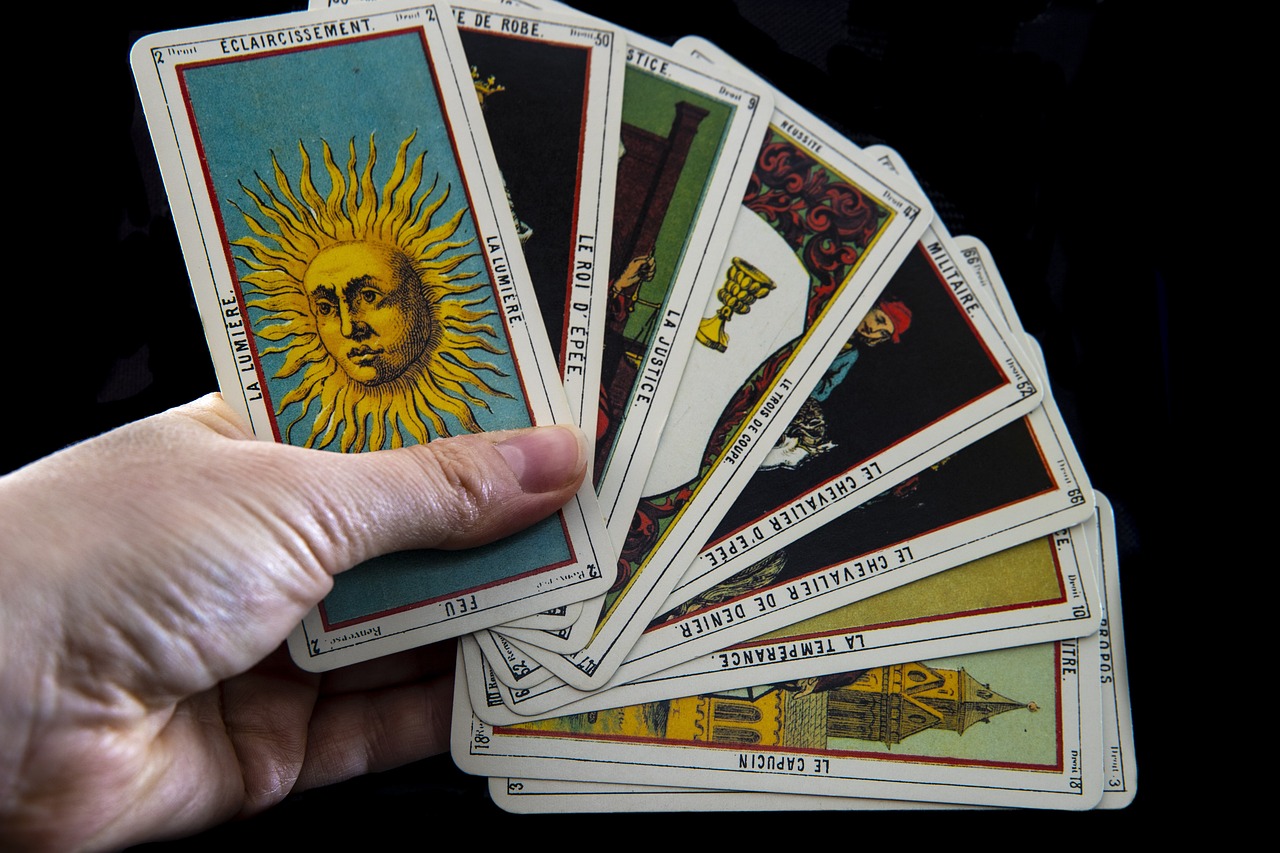
Methods of Divination
When delving into the intriguing world of divination in ancient religious practices, one encounters a diverse array of methods used by civilizations to seek guidance and interpret signs from the spiritual realm. These methods, ranging from astrology to tarot reading, scrying to casting lots, reflect the creative ways in which ancient societies attempted to unravel the mysteries of the future and make sense of the present.
Astrology, a widely practiced form of divination, involved studying the positions of celestial bodies to predict events and understand personality traits. Similarly, tarot reading utilized decks of cards with symbolic imagery to offer insights into one's life path and potential outcomes. Scrying, on the other hand, involved gazing into reflective surfaces like water or mirrors to perceive visions or symbols from the beyond.
Casting lots, a method of divination mentioned in various ancient texts, involved randomly selecting objects or symbols to make decisions or receive divine guidance. This practice, akin to drawing straws or flipping a coin, allowed individuals to surrender to chance and trust in the wisdom of the unseen forces at play.
Each method of divination carried its own set of rituals, symbols, and interpretations, tailored to the cultural beliefs and spiritual practices of the civilization employing them. Whether seeking answers about love, war, harvests, or governance, ancient diviners honed their skills and intuition to bridge the gap between the earthly realm and the divine.

Role of Diviners
Diviners held a significant role in ancient religious practices, acting as intermediaries between the mortal realm and the spiritual world. These individuals were revered for their ability to interpret signs and symbols, offering guidance and insight to those seeking answers from the divine. Trained in specific rituals and methods of divination, diviners were respected members of society, often consulted for important decisions and spiritual matters.
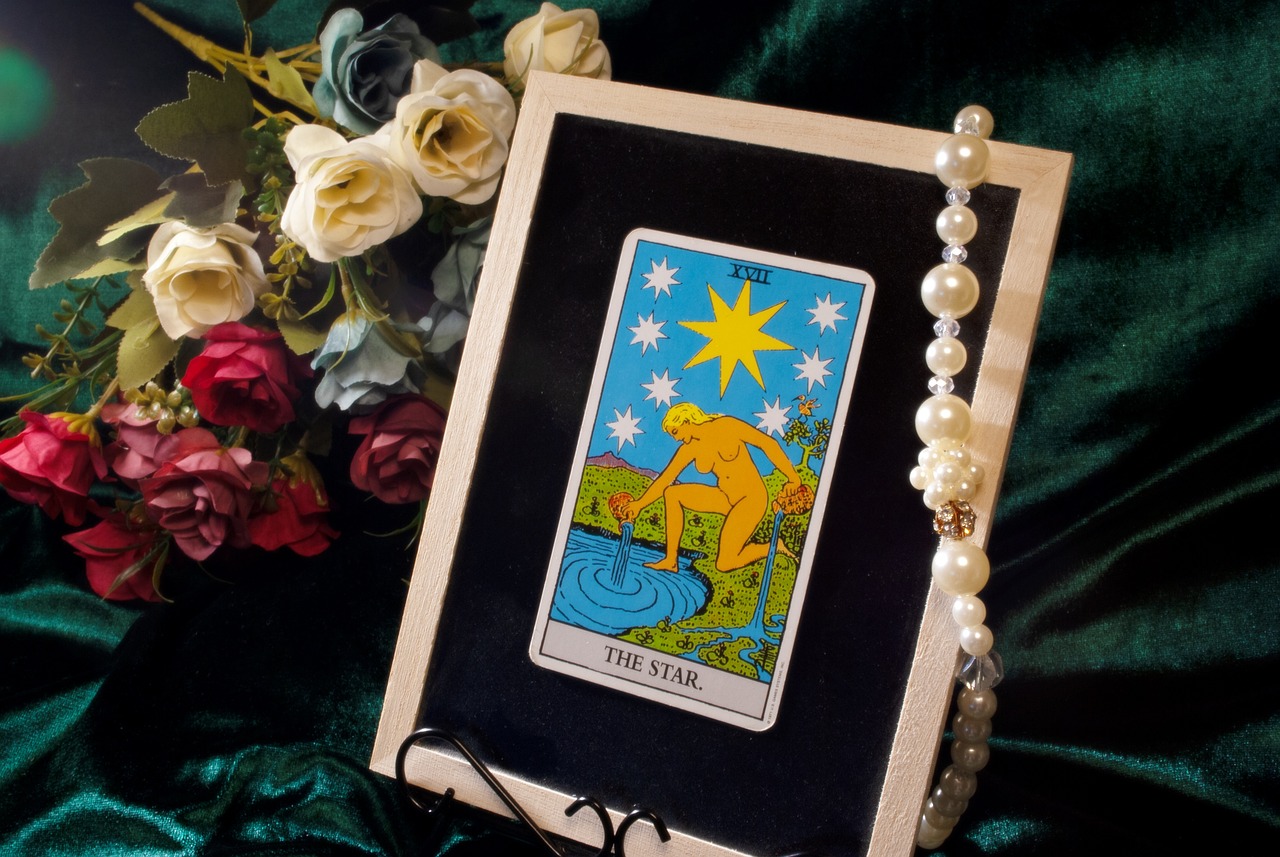
Oracle of Delphi
The Oracle of Delphi holds a mystical reputation in ancient Greek history, serving as a revered source of prophecy and counsel for individuals and leaders alike. Located at the sanctuary of Apollo in Delphi, the Oracle was a priestess known as the Pythia, believed to be possessed by the god Apollo during her trance-like state. Seeking guidance from the Oracle involved a complex ritual where supplicants presented offerings and posed questions to receive cryptic responses believed to be divinely inspired. The prophecies delivered by the Oracle influenced crucial decisions in matters of state, warfare, and personal affairs, shaping the course of events in the Hellenic world.

I Ching in Chinese Culture
The I Ching, also known as the Book of Changes, holds a revered place in Chinese culture as a profound source of wisdom and guidance. This ancient divination text has been utilized for centuries to offer insights into the principles of yin and yang, the balance of opposites, and the flow of energy in the universe. Through a system of 64 hexagrams composed of solid and broken lines, the I Ching provides a framework for understanding the complexities of existence and navigating life's challenges.

Divination in Mesopotamia
Divination in Mesopotamia played a crucial role in the religious and societal fabric of ancient civilizations such as the Babylonians and Assyrians. These cultures believed in the power of divination to seek guidance and make important decisions. One of the prominent methods employed was extispicy, which involved interpreting the entrails of sacrificed animals. The intricate patterns and shapes found in the organs were believed to hold messages from the divine realm, providing insights into the future.
Additionally, hepatoscopy, the practice of examining the patterns and markings on the liver of sacrificial animals, was another common form of divination in Mesopotamia. The diviners, often priests or specialized individuals, would carefully analyze these signs to decipher omens and make predictions. The accuracy of these divinations was thought to be crucial in guiding the rulers and ensuring the prosperity of the kingdom.
Furthermore, Mesopotamian cultures also relied on other forms of divination, such as observing natural phenomena like weather patterns, celestial events, and animal behavior. These signs were interpreted as messages from the gods, guiding the people in their daily lives and decision-making processes. The intricate connection between the physical world and the spiritual realm was deeply ingrained in the Mesopotamian belief system, shaping their understanding of fate and destiny.
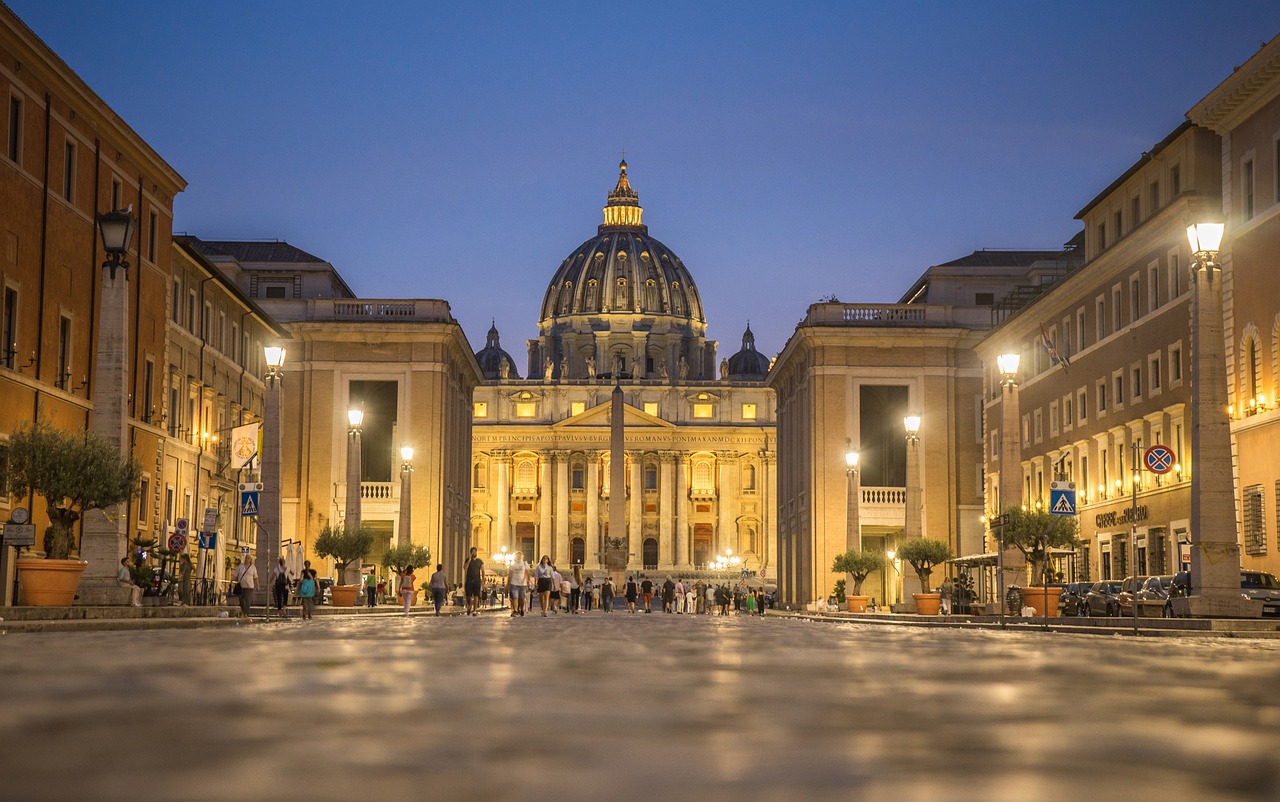
Roman Augury
Detailing the practice of augury in ancient Rome reveals a fascinating blend of spirituality and practicality. Augurs, the priests responsible for interpreting the flight patterns of birds, held immense influence in shaping the course of events in the Roman Empire. By observing the behavior of birds, particularly their direction of flight, calls, and feeding patterns, augurs believed they could decipher divine messages and predict future outcomes. These interpretations were not merely superstitions but held significant weight in political, military, and personal decision-making processes.
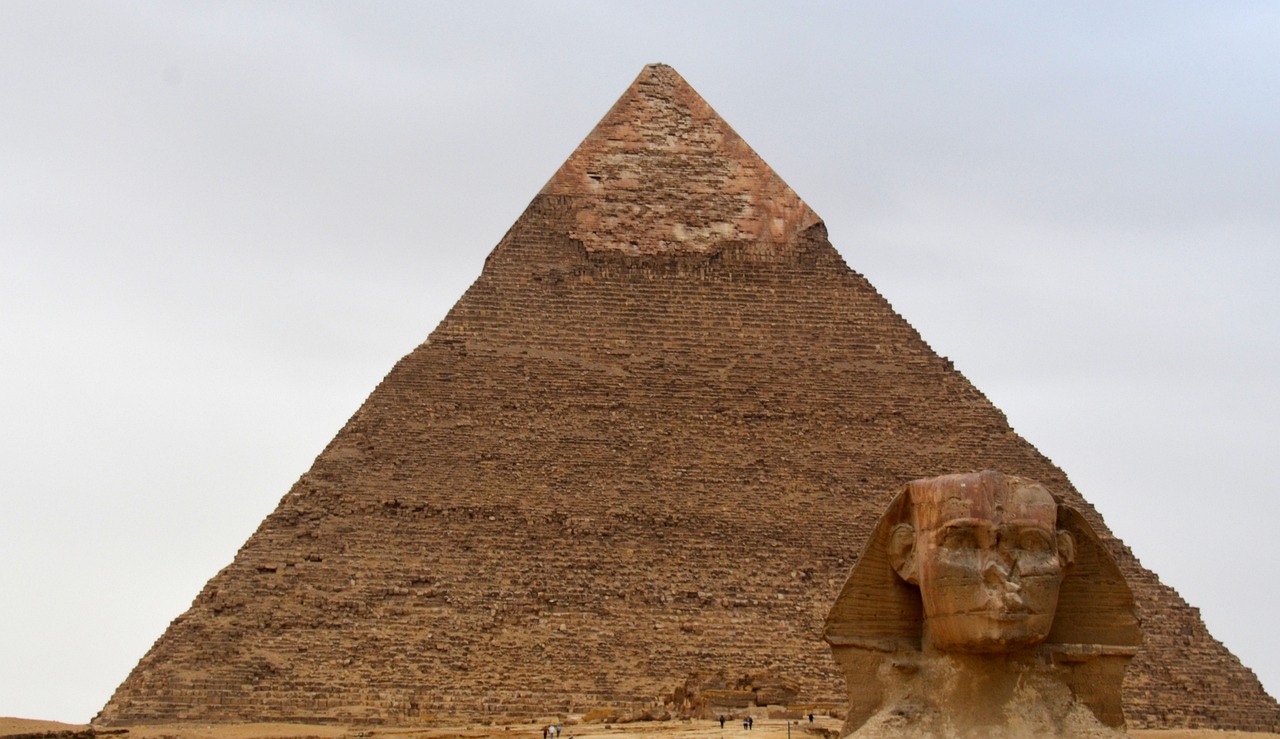
Divination in Egyptian Religion
Divination held a significant place in the religious practices of ancient Egypt, deeply intertwined with their beliefs and rituals. Egyptians integrated various forms of divination into their daily lives to seek guidance, interpret signs from the divine realm, and make important decisions. Dream interpretation was a common practice, where dreams were seen as messages from the gods or ancestors, offering insights into the future or solutions to current challenges. Observing natural phenomena such as the flooding of the Nile or the movement of celestial bodies also played a crucial role in divination, as these events were believed to carry divine messages and omens.
Consulting oracles was another key aspect of divination in Egyptian religion. Oracles, such as the god Thoth, were revered for their wisdom and ability to communicate messages from the gods to the people. Priests and priestesses served as intermediaries between the mortal world and the divine, interpreting the oracles' prophecies and providing guidance to individuals, rulers, and the community as a whole. The practice of divination in ancient Egypt was not only a means of seeking answers but also a way of maintaining harmony with the gods and the natural order of the universe.
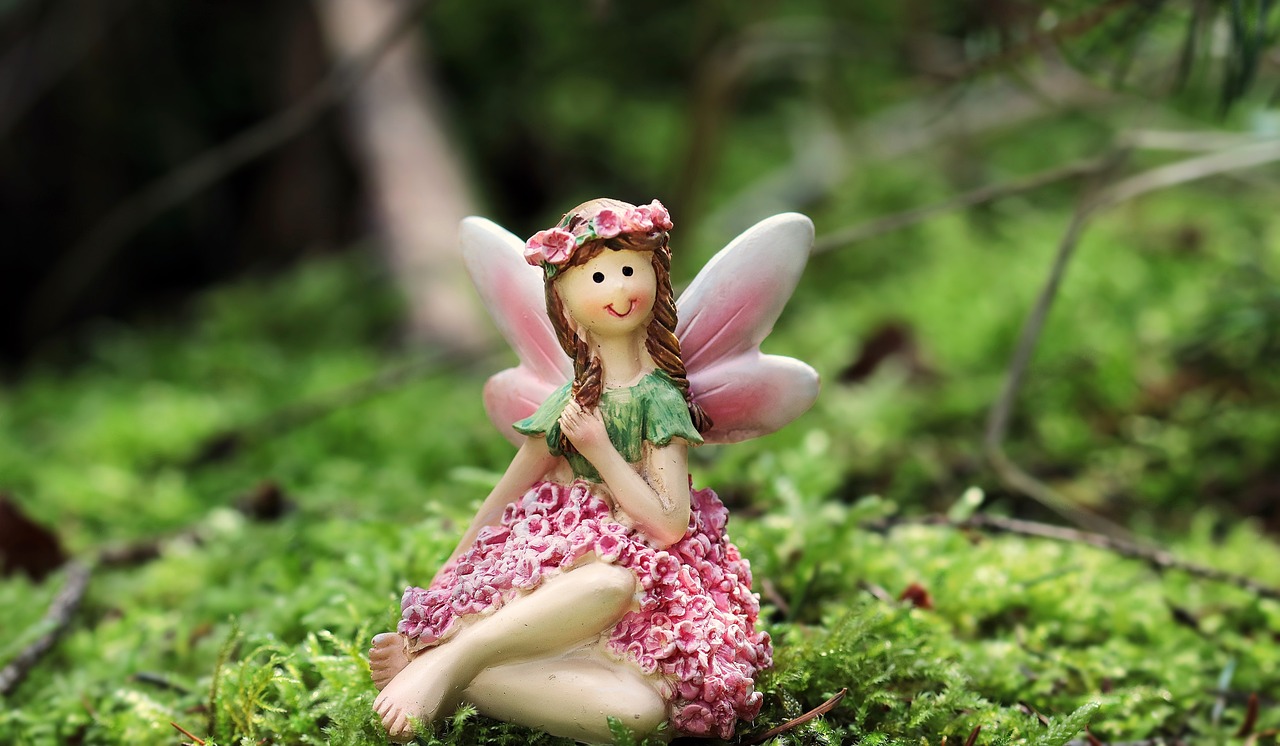
Norse Runes and Seidr
Norse divination practices were deeply intertwined with the spiritual beliefs of the Vikings, with runes and seidr playing significant roles in seeking guidance and influencing destiny. Runes, the ancient Norse alphabet symbols, were not just letters but held mystical meanings and were used for divination purposes. The casting of runes and interpreting their positions allowed individuals to gain insight into their future, make decisions, and communicate with the spiritual realm.
On the other hand, seidr was a form of shamanic magic practiced by Norse seers known as volvas. These seers, predominantly women, were believed to have the ability to enter trance states and travel between the realms to gain knowledge and alter the course of events. Through seidr, the Vikings sought to influence their fate, communicate with deities like Odin and Freyja, and navigate the complexities of life.
Frequently Asked Questions
- What is divination?
Divination is the practice of seeking knowledge or guidance from supernatural sources or higher powers through various methods such as astrology, tarot reading, or interpreting signs and symbols.
- How was divination used in ancient religious practices?
In ancient times, divination played a crucial role in religious rituals by helping individuals connect with the spiritual realm, make important decisions, and seek guidance from deities or spirits.
- Who were the diviners in ancient civilizations?
Diviners were individuals trained in the art of interpreting signs and symbols to provide insights and advice to people seeking guidance. They held a significant position in society as intermediaries between humans and the divine.
- What were some common methods of divination in different cultures?
Astrology, tarot reading, scrying, casting lots, and practices like extispicy and hepatoscopy were commonly used forms of divination in various ancient civilizations to interpret omens and predict the future.
- How did divination influence decision-making in ancient societies?
Divination practices such as the Oracle of Delphi in Greece, I Ching in China, and Roman augury played a significant role in shaping political, military, and personal decisions by offering insights into the future and guiding rulers and individuals.


















